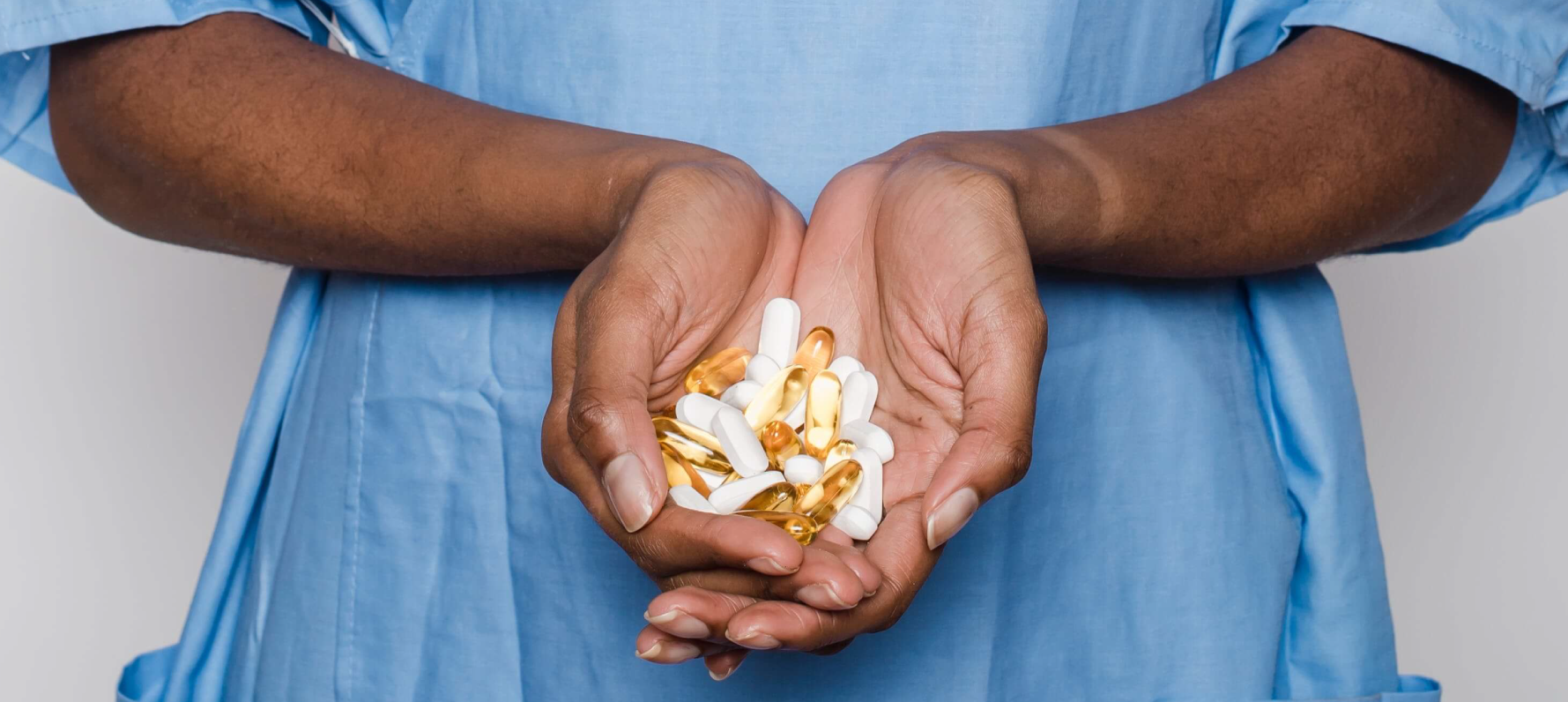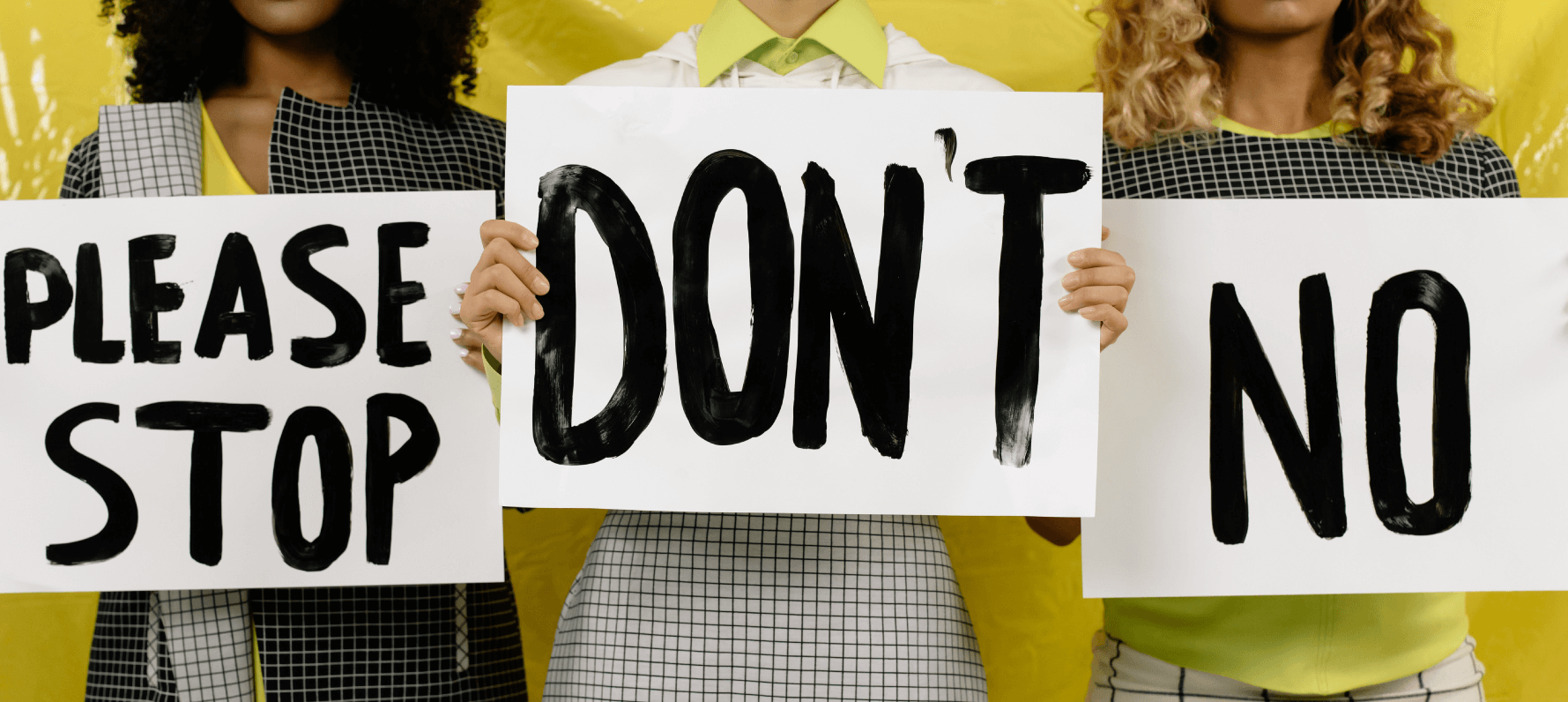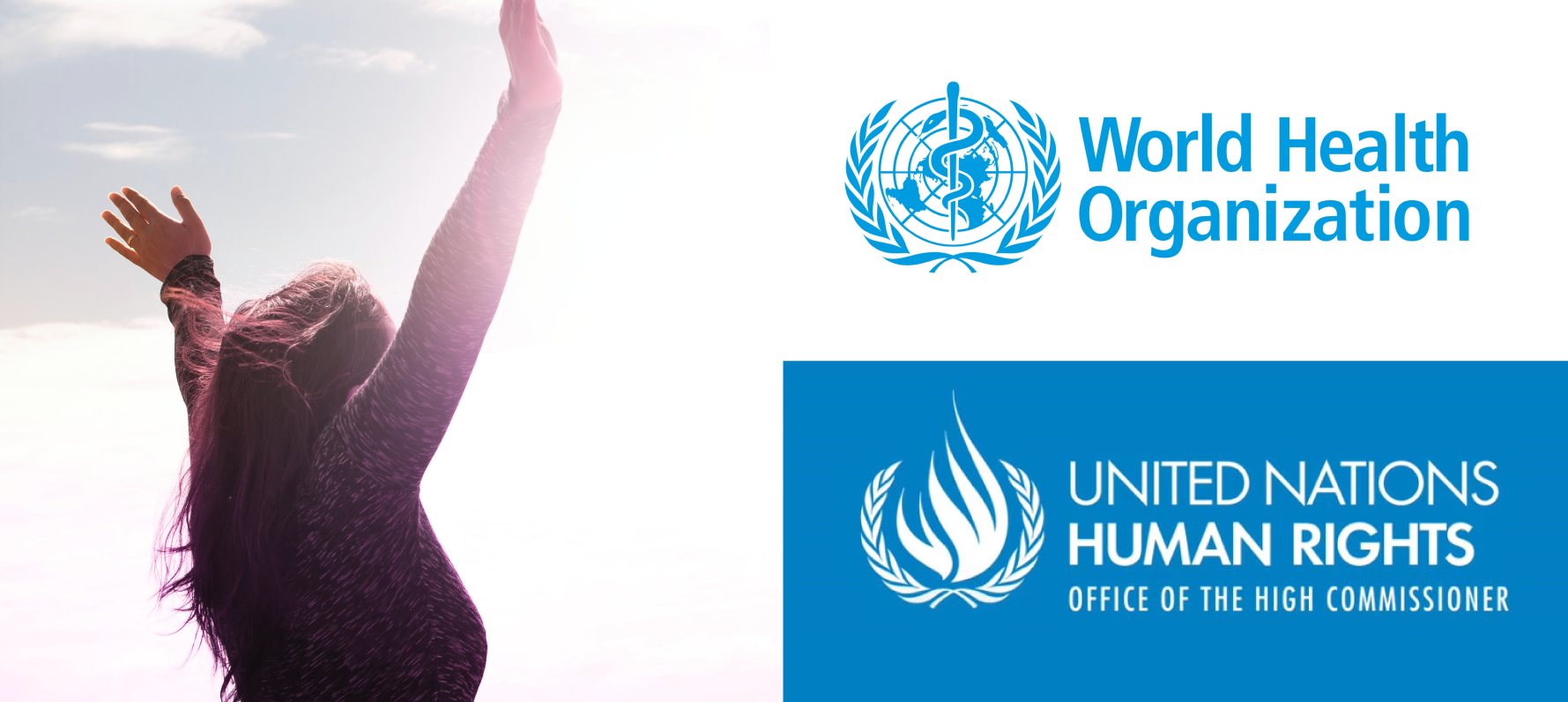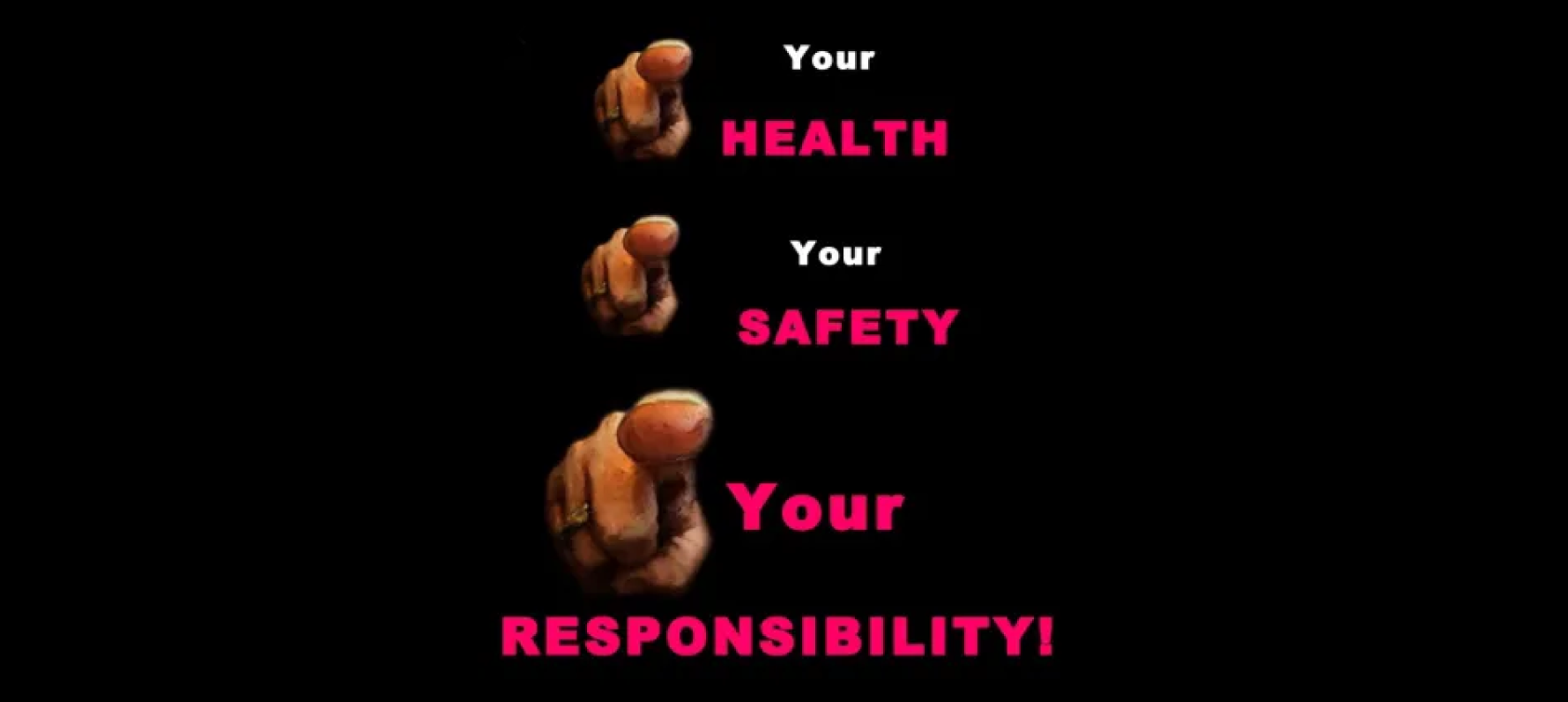Why we should never use childhood trauma to excuse male violence
I have noticed an alarming pattern recently. More and more professionals, speakers and influencers are latching on to the theory that childhood trauma is the reason that men commit acts of violence such as domestic abuse, sexual abuse and rape.
This is not a new phenomenon. We have been excusing male violence for millennia. We have normalised it, minimised it; we’ve even glorified it in film, literature and song. Male violence has been smothered in righteousness, justice and honour. Men killing each other, colonising countries, going to war with each other, raping and abusing women and children, and enslaving entire populations, is a huge part of our global history.
What I am noticing now, is the academic movement towards explaining or excusing male violence (especially towards women and children) by arguing that the offender had a difficult or traumatic childhood.
In this blog, I am going to set out the key arguments as to why this is false, and why this is happening.
My main arguments will be that:
1. Childhood trauma does not cause adult offending
2. Childhood trauma is used differently against men and women
3. ACEs frameworks have been debunked and should not be used to explain male violence offending
4. This is all another elaborate excuse to sympathise with male abusers and force women to take
responsibility for men’s responses and actions
Okay. Are we sitting comfortably? If so, let’s begin.
Childhood trauma does not cause adult offending
This has to be the most obvious counter argument to those who claim that men commit violent acts because of their terrible childhoods. Childhood trauma does not cause adult offending at all. Arguably, if it did, the majority of all adult violent offenders would be women. Globally, girls are subjected to much more childhood trauma than boys are. This includes forced marriage, FGM, forced pregnancies, abortions, rape, corrective rape, sexual abuse, physical abuse, neglect, sex trafficking and exploitation to name but a few of the misogynistic oppressions of girls. If childhood trauma really does cause violent offending in later life, why, according to the FBI (2019) are 97% of all violent offenders male? And why, according to the MOJ, are 96% of all sexual abusers and 99% of all murderers male? Where are all the angry, wronged, misunderstood female victims-turned-murderers and abusers? They seem to be missing.
Something just doesn’t stack up, does it?
More broadly, there is no evidence that being abused in childhood means that you will go on to abuse others in adulthood. What is interesting about this, is that some studies that have tried to explore this have found that less than 1% of victims of abuse go on to abuse others, but when we ask men in prison why they abuse others, over 55% of them say it was because they were abused as children (MOJ, 2014). This is particularly true for domestic abuse perpetrators, who have a tendency to report that they were abused in childhood or witnessed domestic abuse of their mothers.
Whilst I am not necessarily disputing this, and I believe that loads (if not all) of those men were subjected to abuse in childhood, I do not accept it as a reason for why they made a choice in free will to then go on to abuse another human (statistically, a woman or girl).
The fact that they were abused in childhood, or had other serious traumas to cope with, is not a reason or explanation for their crimes against women and girls. The moment you start introducing their childhood as a reason, you completely diminish their capacity, choice and agency – which the majority of these offenders have in abundance.
You know how to tell that they are making free choices to abuse women and girls, and that their childhood has nothing to do with it?
Because they don’t rape, abuse, traffic and control men. They know not to lash out at their boss. They don’t abuse their brothers. They don’t rape their best mate at the pub. They don’t groom their colleague. They don’t threaten to kill their Dad.
They deliberately abuse and control women and girls. It’s a choice. It’s always a choice. It’s a conscious decision to bully and abuse someone specific, isn’t it?
The same men who tell their wives and girlfriends that they ‘can’t help it’ and ‘just lose it’ and ‘see red’, sure seem able to keep their jobs and friendships, where everyone thinks butter wouldn’t melt.
Why is this important? Because it means that the same men claiming they have no control actually have immense control over when they offend and who against.
Childhood trauma is used differently against men and women
This is important. Childhood trauma is used to excuse men and incriminate women. Women reading this who have ever tried to report to the police or have ended up in family court will know exactly what I’m talking about.
Men use childhood trauma to excuse, minimise, frame and contextualise their abusive behaviours. Their lawyers and police officers explain that he can’t help it, because of the way he was brought up. That he’s traumatised and needs help for his childhood traumas. That he’s struggling and needs understanding and time.
Women will tell you, when their childhood traumas are brought up in an official context, it is not for a good reason. It’s not to excuse them or reframe them as in need of forgiveness or mercy.
Fuck, no.
Women know that their childhood is brought up for one reason, and one reason only:
To frame them as mentally unstable.
Childhood traumas are the ultimate get out of jail free card for men, and are a one way ticket to a psychiatric evaluation and a family assessment for women.
You see, women’s childhood trauma is used to beat them with, and men’s childhood trauma is used to excuse them and exonerate them. This is arguably linked to the hypermisogynistic society we inhabit, which ignores and trivialises women’s suffering and traumas, and reframes it all as personality disorders and hysteria.
Lots of academic work has been conducted to explore topics related to this. One study from 2018 showed that when women are having cardiac symptoms in emergency departments, they are left on average 4 hours longer without treatment or examination than men with the exact same symptoms. The researchers interviewed doctors and concluded that it was because even the most skilled doctors working in emergency departments were influenced by misogynistic myths that women over exaggerate their pain and physical symptoms. This leads to men’s suffering and pain being taken much more seriously than that of women, and leads to many more women dying of heart attacks than men.
This effect simply spreads out across many different experiences of womanhood, and includes the way we position women’s childhood traumas as exaggerated attention seeking and mental health issues, whereas men’s childhood traumas are validated and considered to be impacting their behaviour and decision making.
ACEs frameworks have been debunked and should not be used to explain male violence
I have written blogs and delivered several talks, YouTube videos and webinars about the ACEs framework being made up bullshit so I will save you from reading it again.
If you have no idea what ACEs are, watch this video and then come back:
Okay, so for those of you who know that ACEs were a very simple set of questions used for population level epidemiology research, that the original authors have literally begged people to stop using in trauma and mental health…
I’ve noticed that some professionals, speakers and academics have started to talk publicly about certain so-called ‘ACE scores’ causing men to become domestic violence perpetrators, rapists and even paedophiles.
This worries me greatly, not least because the ACE framework has no validity in the first place, but because there is an undercurrent there of excusing or explaining male violence using childhood adversity.
We have to be absolutely clear on this, as psychologists, social workers, prison officers, police officers, policy makers and academics:
Childhood trauma and adverse life experiences do not cause you to commit rape and abuse. Millions of people who have devastating childhoods will never harm anyone as long as they live. There is no causal relationship between childhood trauma, ACEs and offending (no matter how hard the DFE and Department for Health try to make daft cartoons about this made up relationship).
We talk so much about being ‘trauma-informed’ and ‘strengths-based’ and believing in ‘resilience’ and ‘capacity for change’. And yet, here we are being encouraged to simply blame the childhoods of violent male offenders who could seemingly keep their violence to themselves at all other times except for when raping their girlfriend, or abusing their child.
We are giving them yet another excuse. We will never cause social change if we just keep piling up excuses for male violence at the feet of violent men.
This is all another elaborate excuse to sympathise with male abusers and force women to take responsibility for men’s responses and actions.
Where this ultimately leads us, is back to blaming women and girls for the violence of men. If every time a man rapes or abuses or kills a woman or girl, we look back to his childhood and then suggest that he committed those crimes because of how awful his childhood was, we remove his agency and culpability.
What follows, is an expectation on women and girls to help, support and understand these ‘troubled’ men, and not to hold them responsible for their own violent choices and actions. Instead of prosecuting them, holding them accountable and speaking out about male violence, our society shrinks back to sympathising with and supporting male violence as if it is the natural way of the world, that men cannot help themselves.
Their victims (mainly women and girls) are then framed as responsible not only for male violence, but for helping men to be better men. The narratives around this are already pretty embedded, and women and girls often feel a sense of duty to ‘help’ violent and abusive men to be better, or get help. Even women escaping serious danger from violent exes and family members often feel guilty for not ‘helping them enough’.
I’ve worked with hundreds of women who, when they finally leave abusive and violent men, are told by those men that they ‘need help’ and ‘will seek counselling’ and ‘need their support’.
Women are conditioned to believe that this is true, and that their role is to selflessly support a violent man whilst he figures out the most basic tenet of a mutual relationship: don’t hurt others.
Men often position themselves in the patriarchy as the ones with the agency, the brains, the power, the strength, the money, the opportunities, the ideas and the choices.
And yet, when it comes to their offending against women and girls, we infantilise them as if they are small, malleable 2 year olds who watched a cartoon and then copied it with no understanding of context or content.
When will we finally stop listening to men’s excuses about their violence?
“I was stressed
I was jealous
I was abused as a child
I had a traumatic life
I was made redundant
I was tired
I was depressed”
So?
That doesn’t give them a licence to commit violent crimes, and pretend they had no agency or choice.
We need to stop discussing their childhoods and their past traumas as reasons or contributing factors in their violent crimes.
Every single time male offenders choose to rape, abuse or murder, they make an active and considered decision, that you cannot blame on their childhood.
Get more trauma-informed content!










